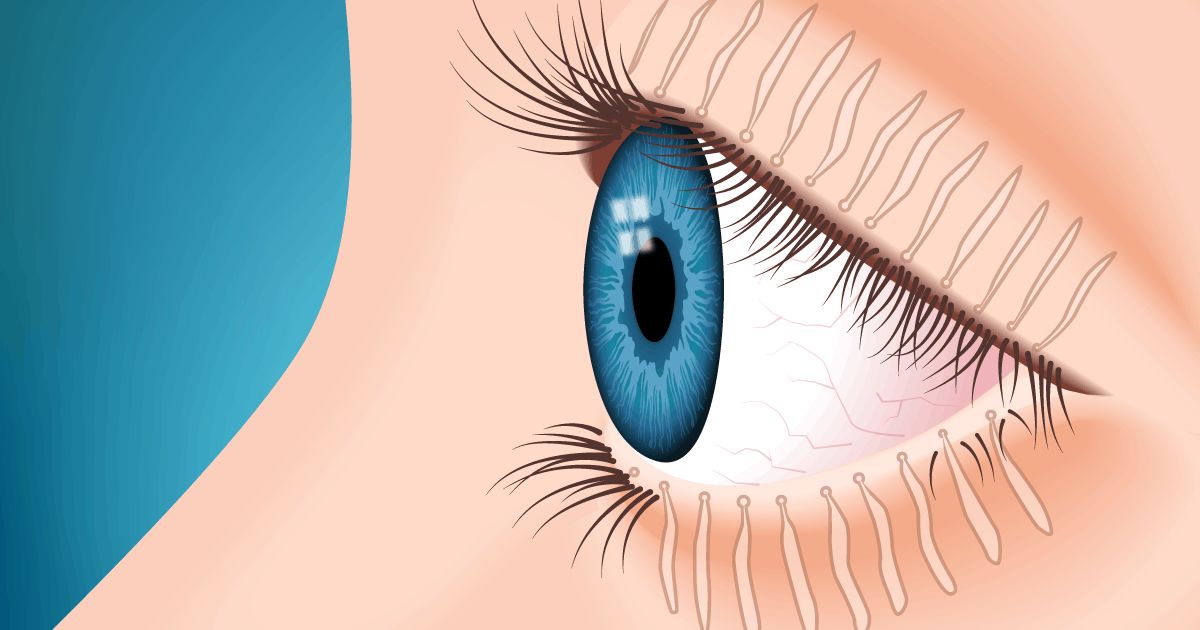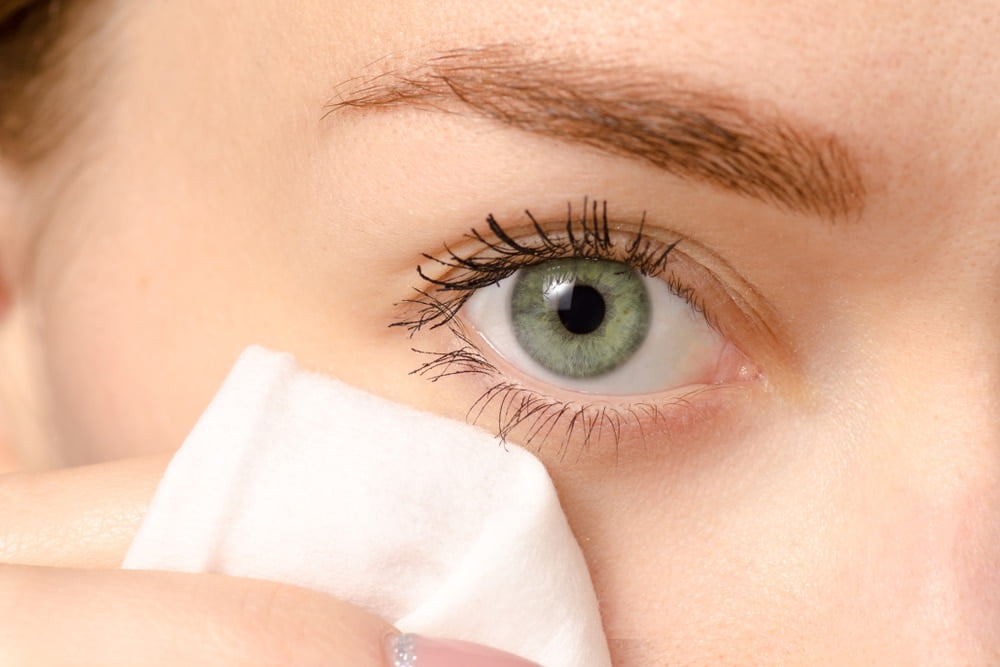Dive into our comprehensive guide on what aggravates blepharitis? An enduring eye condition marked by eyelid inflammation, primarily at the base of the lashes. In this exploration, you’ll not only discover effective strategies for managing and relieving its symptoms but also unveil the triggers that can exacerbate blepharitis. It’s an essential resource to enhance your understanding and eye health.

Causes of Blepharitis Flare-Ups:
Of course, let’s delve into the different factors that can trigger blepharitis flare-ups and ways to address them:
1. Inadequate Eyelid Hygiene:
When you don’t properly clean your eyelids, it creates an environment for oils and debris to accumulate, potentially causing flare-ups.
Regular lid hygiene with a gentle cleanser can help prevent this.
2. Bacterial Overgrowth:
The overgrowth of bacteria, particularly Staphylococcus, can exacerbate blepharitis. Warm compresses and antibiotics may be necessary to manage this.
3. Demodex Mites:
These tiny eyelash mites can contribute to blepharitis. Proper lid hygiene can help keep them in check.
4. Allergies:
Allergic reactions to various factors, including makeup or contact lens solutions, can lead to inflammation of the eyelids. Identifying and avoiding allergens is essential.
5. Meibomian Gland Dysfunction:
Issues with the meibomian glands that produce oil for your tears can worsen blepharitis. Treatment may involve warm compresses and lid expression.
6. Underlying Skin Conditions:
Conditions like seborrheic dermatitis or rosacea can be linked to blepharitis flare-ups. Managing these conditions can help reduce symptoms.
Comprehending these triggers and their management is vital for effectively dealing with blepharitis flare-ups. Consistent eye care and seeking guidance from a healthcare professional are essential for long-term maintenance.
What to Avoid with Blepharitis
To manage and prevent blepharitis flare-ups, consider avoiding the following:
Eye Rubbing:
Rubbing your eyes can introduce dirt and bacteria, worsening blepharitis symptoms.
Makeup: Certain makeup products can clog the meibomian glands and irritate the eyelids. Opt for hypoallergenic, fragrance-free options.

Contact Lenses:
If you wear contact lenses, make sure they are cleaned thoroughly, and avoid wearing them if your blepharitis is flaring up.
Eyelash Extensions:
The glue used for eyelash extensions can worsen inflammation and should be avoided if you have blepharitis.
Low-Quality Eye Drops:
Some eye drops may contain preservatives that can exacerbate blepharitis. Consult your eye doctor for suitable preservative-free eye drops.
How to Calm Blepharitis:
Managing and calming blepharitis requires a multifaceted approach. Here are some strategies to consider:
Eyelid Hygiene:
Regularly clean your eyelids to remove debris and bacteria. Use a warm, damp washcloth or a commercial lid scrub solution recommended by your eye doctor.
Warm Compresses:
Applying a warm compress to the eyelids can help loosen clogged oils and soothe inflammation.
Medicated Eye Drops:
In some cases, your eye doctor may prescribe medicated eye drops or ointments to control inflammation or manage bacterial overgrowth.

Oral Antibiotics:
For severe blepharitis, especially if bacterial overgrowth is a concern, your doctor may prescribe oral antibiotics.
Lid Massage:
Gentle lid massage can help express oil from the meibomian glands and improve tear film quality.
Nutrition Matters:
Integrating foods abundant in omega-3 fatty acids, such as fish and flaxseeds, can help alleviate inflammation. Remember to seek advice from your physician before making substantial dietary alterations.
Allergy Control:
If allergies worsen your blepharitis, explore allergy management approaches like allergen avoidance and antihistamine usage. It’s vital to consult with eye care specialists to craft a personalized treatment plan that aligns with your unique blepharitis case.
Diverse Forms of Blepharitis:
Blepharitis is a condition that manifests in distinct types, primarily categorized as:
Anterior Blepharitis:
Anterior Blepharitis predominantly impacts the front edge of the eyelids, particularly at the eyelash base. This form is commonly associated with staphylococcal bacteria or seborrheic dermatitis.
Posterior Blepharitis:
In this form, the inner eyelid, specifically the meibomian glands, is affected. It is often linked to gland dysfunction, leading to oil quality issues.
Duration Of Blepharitis:
The timeline of blepharitis can significantly differ, ranging from brief, manageable episodes to persistent or recurrent instances. Adhering to recommended treatments and employing effective management strategies are key factors in reducing both the frequency and duration of flare-ups.
Effective Blepharitis Management:
To effectively manage blepharitis and prevent flare-ups, it’s essential to maintain good eyelid hygiene, avoid known triggers, and follow the recommendations of your eye care professional. Be patient, as successful management may require ongoing care and attention.
In Conclusion:
Recognizing the elements that can exacerbate blepharitis and adopting a holistic strategy for its control is paramount for those contending with this eye ailment. Through a proactive commitment to maintaining good eyelid hygiene, recognizing and avoiding potential triggers, and seeking professional guidance, you can alleviate symptoms, minimize flare-ups, and improve your overall eye health. Remember that a personalized treatment plan, specifically designed for your individual needs, is crucial for successfully managing blepharitis.
Read More
Link Between Coffee and Blepharitis








